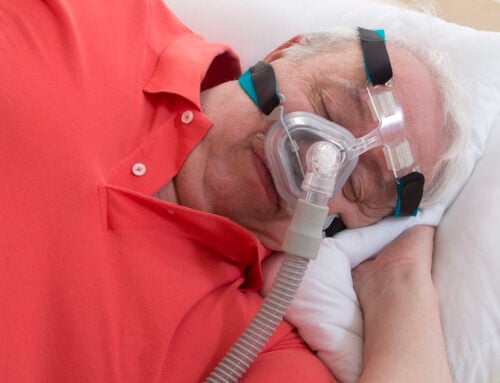Not So Pumped Up
Heart failure, or congestive heart failure, is a condition where the heart cannot pump enough blood around the body. Usually, the heart pushes out about 2,000 gallons of blood every minute. When someone has heart failure, blood flow is weakened or interrupted. As a result, the body does not get the oxygen necessary to function correctly. Some people with heart failure recover completely with treatment, but most cases worsen over time. Heart failure can affect people of any age but is more likely to affect adults over 65. Common causes of heart failure include damage to the heart muscle due to a heart attack, high blood pressure, and diabetes.

To the left
A cardiologist or medical team will diagnose a patient with left- or right-sided heart failure. With left-sided heart failure, the heart cannot push sufficient blood to vital organs like the lungs and brain. This can cause symptoms such as fatigue, difficulty breathing, and swelling in the legs and ankles. Another common symptom of left-sided heart failure is pulmonary edema, or fluid build-up in the lungs. The good news is that many people with left-sided heart failure can recover with medication, lifestyle changes, and, sometimes, surgery. However, some cases cannot be reversed and need lifelong treatment with medication.
Is this right?
When someone has right-sided heart failure, the right chamber cannot pump enough blood through the right side of the body. This means the arms, legs, stomach, and kidneys have reduced oxygenated blood. Common symptoms include shortness of breath, weakness, lightheadedness, and weight loss. Another common symptom of right-sided heart failure is fluid retention, which causes swelling in the legs and abdomen. Severe right-sided heart failure may also cause trouble urinating and muscle weakness. Once again, many people with right-sided heart failure can be treated with medication and lifestyle modifications. Still, some may need more intensive treatment or even surgery to help improve the condition. There are also cases where right-sided heart failure can no longer be cured, and such patients may need lifelong treatment to manage symptoms.
What happens after heart failure?
After being diagnosed with heart failure, regardless of the side, a doctor will prescribe a treatment plan to help manage symptoms and prevent complications. Following the doctor’s instructions is crucial to continue living as healthy as possible. Treatment may include lifestyle changes and healthier eating habits. The doctor may also recommend reducing sodium intake, taking diuretics, increasing physical activity, and quitting smoking. Medication may also be prescribed to improve breathing and reduce fluid build-up in the lungs. Regular checkups are essential to ensure the treatment plan works and to help manage any side effects from the medications.
There’s hope
Heart failure is an often incurable, severe disease. If left untreated, the chances of heart attacks, strokes, or further heart damage increase. However, the condition can be managed with aggressive lifestyle changes and medication. With the proper care, heart failure patients can continue enjoying exercise, social activities, and other daily activities. The treatment plan may change based on the side of the heart failure. Once the heart responds, patients can have a fruitful and healthy life.




